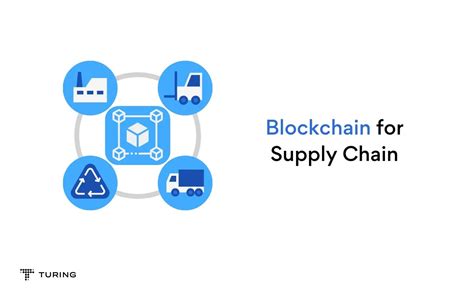Title: Unlocking Full Potential Of Cryptocurrency With Blockchain Scalability: Challenges and Solutions
Introduction
The Rapid Growth of the Crypto Currency transformed the Way We Think About Money, Finances and Trade. With millions of users around the world, Crypto Currencies Such as Bitcoin, Ethereum and others have democratized access to financial services, allowing new business models and opportunities. However, one significant challenge facing this emergence assets is scalability – the ability to effectively process a large number of transactions.
What is blockchain scalability?
Blockchain Scalability Refers to the Blockchain Network Capacity to treat large quantities of transactions without sacrificing performance or security in a timely manner. These include the design and application of blockchain protocols, algorithms and architecture that allow nodes online to confirm and process transactions at a rate comparable to traditional financial systems.
Challenges with Blockchain Scalabine
- Transaction Volume : A large number of transactions that are processed every second can be overwhelming for most blockchain networks. For example, Bitcoin time is only 10 minutes, which means that tens of thousands of transactions should be submitted per second.
- Network Congestion
: A large volume of transactions can lead to the congestion of the network, reducing the overall efficiency and safety of the network.
- Latence : Slow Transaction Processing Time can result in significant delays for users who can experience long waiting periods before their transactions.
Solutions of Blockchain Scalabin
- proof of work (POW) : POW is one of the most common consensus algorithms used in blockchain networks. However, there are limitations when engaged in high quantities of transactions, as it requires significant computer power to confirm transactions.
- Proof of Share (POS) : POS is an alternative algorithm of consensus that uses a validant voter selecting system. Although it offers better safety than pow, it can be slower and more energy-intensive due to the need to keep the validators or « role » of the cryptocurrency token.
- Deleged Evidence (DPOS) : PDO combines elements and POS and POW, allowing knots to vote for the next validator without token posture.
- Sharding : Sharding is a technique that divides Blockchain Into Smaller, Independent Networks Called Shards. This allows every shard to process transactions on its own, reducing congestion and improving overall scalability.
- Quantum Computer Resistance : As Quantum Computing becomes overcoming, it is crucial to develop algorithms resistant to its effects on traditional encryption methods used in blockchain networks.
Best Practice for Blockchain Scalabin
- Optimize Consensus Algorithms : Choose Consensus Algorithms that are optimized for high amounts of transactions and energy efficiency.
- Spend Sharding : Blockchain Wipe Into Smaller Networks to Reduce Congestion and Improve Scalability.
- Use a cryptography that is made with the content (CAC) : CAC using a unique identifier for each block, reducing the need for storage space and improving scalability.
- Watch the network performance

: Monitoring a regular network performance and adjusting the algorithms or architecture as needed to ensure optimal scalability.
Conclusion
Blockchain scalability is an essential aspect of the Development of Cryptocurrency, allowing to create more effective, safer and scalable nets. Understanding the challenges and solutions related to blockchain scalability, developers can build innovative products that meet growing demand for cryptocurrencies and other decentralized property.

